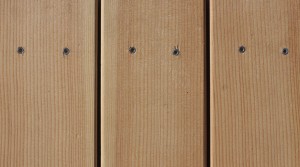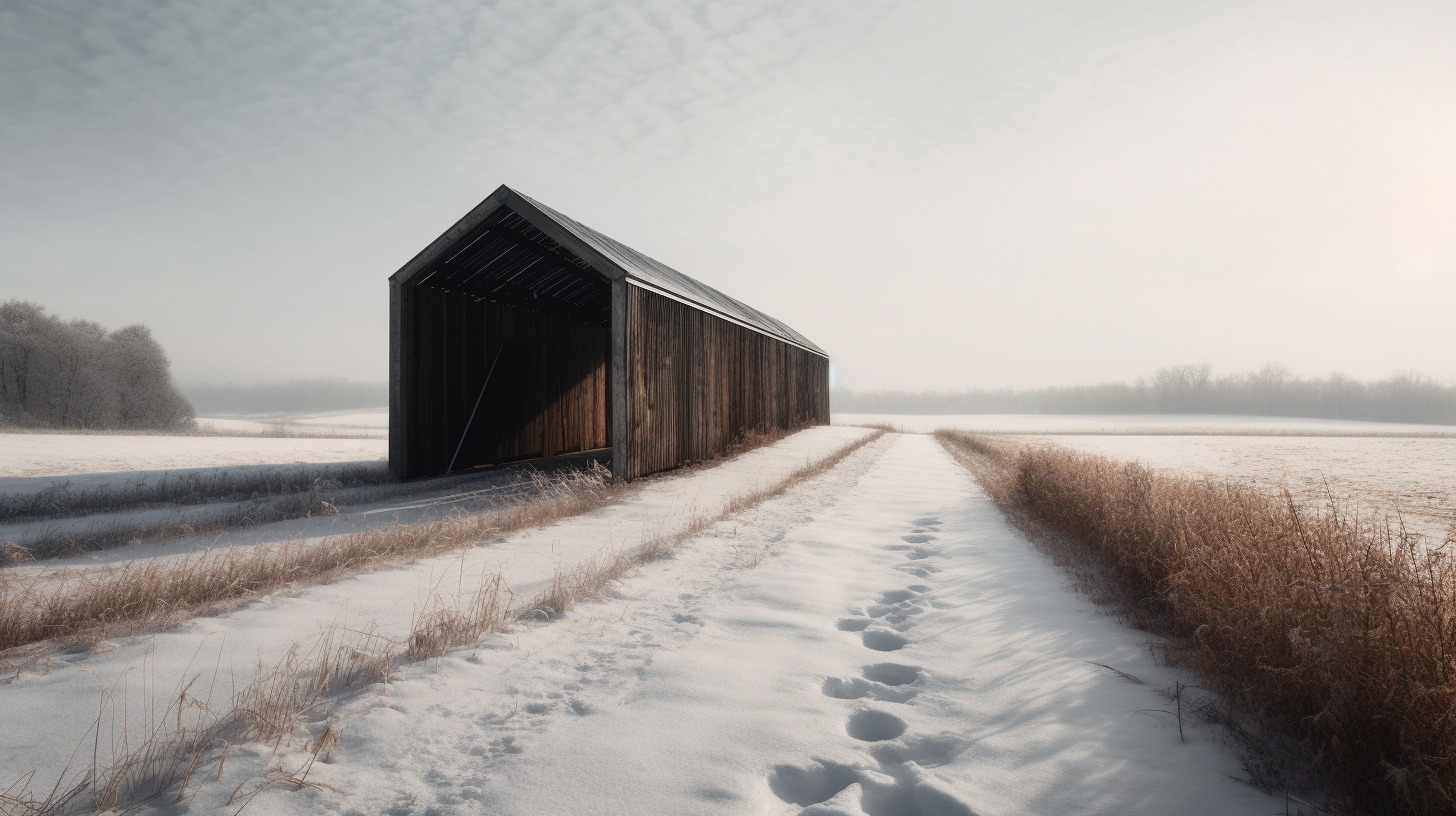Renovating, constructing or remodeling your home is always a stressful time. You’re hemorrhaging money, there’s a seemingly endless volley of questions, and you may be living in amongst dust and debris, doing dishes in the bathroom sink. Early on, you absorb these inconveniences as part of the process but as deadlines come and go, It’s easy to let yourself project your frustrations on to the one entity who is responsible for you things not being complete. Unfortunately, as an Architect, I’ve seen much good will sour between Owner and Contractor during the final weeks of a project when stress levels are greatest. If you take the time up front to follow a few basic rules you can trade stress and anxiety for confidence knowing that things are organized and running smoothly. Honestly, you owe it to yourself considering the staggering amount of money you’ll be investing in your home. You really should enjoy it as much as you possibly can.
So many outcomes in life are the result of good communication, let’s start there…
1) Open Communication
From the outset of your project clearly define and discuss your expectations for communication. Set up a pre-construction meeting, preferably at the building site. Use this time to hand off the final drawing set and specifications, you do have drawings and specifications right? Setup a meeting schedule and discuss your preferred immediate contact method: email, twitter, cell? Try to stress that this be reserved for only the most immediate of questions, ones that would hold up progress if they weren’t answered immediately. You don’t want to be a stumbling block, but equally you can’t be expected to answer the hundreds of potential questions that could arise in day’s work. On projects where I’m observing the construction process I schedule a weekly meeting which I usually request to be on Wednesdays. This allows the Contractor time to mobilize on Monday; work through issues on Tuesday and by Wednesday there’s typically a backlog of questions to be answered. I expect to get sporadic questions throughout the week that are simple to answer and may allow work to progress with minimal time disruption on my part or the Contractor’s, but calls every half hour I strongly discourage. Establishing this workflow early on enables everyone to be more efficient in accomplishing his or her tasks.
Insist that all communication to and from subcontractors go through the General Contractor, and remember, you must abide by this rule as well. It’s easy to have a casual conversation with a subcontractor, but never allow this to be confused with supervision or direction. That is the sole responsibility of the Contractor; it’s not a role you should assume as this often results in costly additions to the project. This reinforces accountability on the Contractor’s part and ensures nothing gets lost in translation between you and someone on a subcontractor’s crew who has no authority to make decisions or may not understand the financial underpinnings of your project.
2) Well defined, clear expectations
The easiest way to be sure your Contractor is delivering what YOU want and equally what HE thought YOU wanted (and ultimately priced), is to have a set of drawings, schedules and specs. This doesn’t have to mean spending tens of thousands on an architect, although I think that’s a good investment too and, by the way, one that you can finance inside of your mortgage. It does mean that you spend more time up front thinking about all aspects of your projects. Because I know what a daunting part of the process this can be I’ve developed a checklist to help you. There’s more than you might initially think. It’s often the reason people feel so overwhelmed during construction, they haven’t ever considered the quantity of materials that go into making a house. Grout color, cabinet hardware, door knobs, hinges, glass type, paint, flooring, fasteners, insulation, roofing, siding, these are just a few of things to think about. Remember that your vision of your home has evolved over time, in your headspace, and it’s nearly impossible for your Contractor to completely understand what you were thinking unless it’s translated somehow onto paper. That’s the easiest way of letting them know exactly what you want.
Plans. This is where most people start and finish when thinking about building a new home. “What does the plan look like?” We’ve all looked at plans before, but have you ever looked at plan and then walked through a house built from that plan? It’s quite a different experience right? Plans, diagrams really, monochromatic lines on paper abstractly representing walls, cabinetry, doors, windows, and plumbing fixtures. While the floor plan remains the most accessible of all drawings there’s so much more to constructing a house than merely drawing and fine-tuning a floor plan. Think of a floor plan as your rhythm section, it sets the beat and establishes order. But without a lead guitar, rhythm guitar, a bass…what do you have? The supporting instruments are all of the other documents that describe how the house will look. You’re probably familiar with elevations too, which are the flattened views of the exterior walls. There are undoubtedly parts of your living environment that you don’t even notice…take like lights for example you need lights, right, but there’s a huge difference between your vision of the hand-blown Italian glass pendant you’ve always wanted and the recessed can lights your Contractor was thinking you’d want. Look around you and know that your Contractor will do this with every item in your home. He’ll choose one thing to price and install and if it’s not expressly called out you won’t any recourse but to say, “Thanks…I think?”
This applies to plumbing fixtures, flooring, and hardware for your doors, every surface, counters, and appliances, even fasteners. What’s great is that all of these things fit neatly into their own categories in the specifications. Contractors are trained to look for them and read specifications. If you hand your Contractor a set of drawings, schedules and specifications, you’ll set yourself apart immediately as an informed consumer. This nets better pricing, fewer conflicts and a better final product, because it’s directly translates your ideas into something your Contractor can easily understand, price and construct. You’ll sleep better too.
Your specifications or schedules don’t have to be extremely detailed; they can even be as simple as a one-page list. But, if you don’t have any you risk a huge gulf between your vision (nice finishes, fine detailing, good windows) and your Contractor’s vision (which will be based solely on economy).
3) Minimize changes
It’s human nature to tweak, revise, rethink, re-imagine and change your mind. I totally support this, (within reason), I actually encourage it especially during the early design phases. It’s liberating to let go of preconceptions, old ideas, and embrace fresh thoughts this is the dreaming phase. When your ideas still only exist on paper the cost to move walls, add baths, make a room 2’ wider is far lower than during construction. Here again, this supports the case for having a set of drawings and schedules and specifications. You can clearly see how the furniture in your new living room might fit (and here's the key) before the foundation is cast and walls are constructed. Undoubtedly you'll arrive after the framing is in place and say to yourself, "Wow, this space is different (insert larger/smaller) than I thought it would be..." This experience inevitably leads to thoughts of redesigning, enlarging, and retooling. Try to resist this urge. The scale of buildings changes throughout construction and it's all based on points of reference. When the foundation has been poured you'll be left thinking you've made a tiny house, no matter the size. This is because you're comparing it to larger context of the surrounding site, whether it's other structures, forest, or a sweeping mountain view. After the house is framed, often times rooms look larger than you imagined. After the house has been sheet-rocked you'll again face this shift in scale...too small. If you react at each one of these points your new home will now look renovated, your pockets will be empty and your Contractor will probably have another boat. Changes along the way always cost more.
One more important thing to recognize about changes during construction is that the true cost can often be elusive when the pressure of budgets and construction schedules are in play. The siding change you made to 'save' money may actually cost you more in the end after the restocking fee (because it was already ordered) and the added labor to install the less expensive siding is factored in. There are so many variables that go into the building of a house that it's often hard for a Contractor to quantify how cost shifting is to be accounted for in the budget. The net result? Nine times out of ten, it's easier for the Contractor to recalculate and levy an up-charge for the simple reason that its costing them more time and effort to re-calibrate the process already set in motion.
Be confident in your design decisions as you follow construction, rely on the planning decisions you made early in the process and most of all...enjoy the process, most of us only build a home once.








